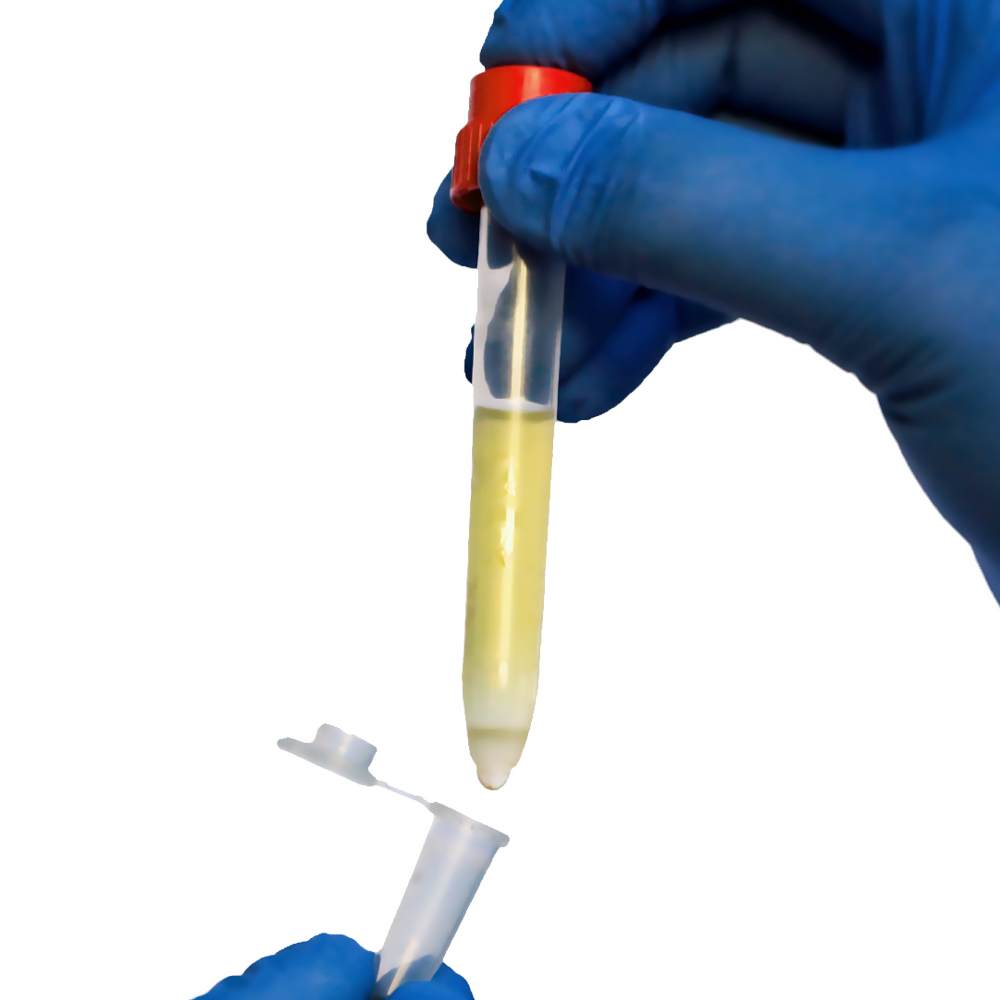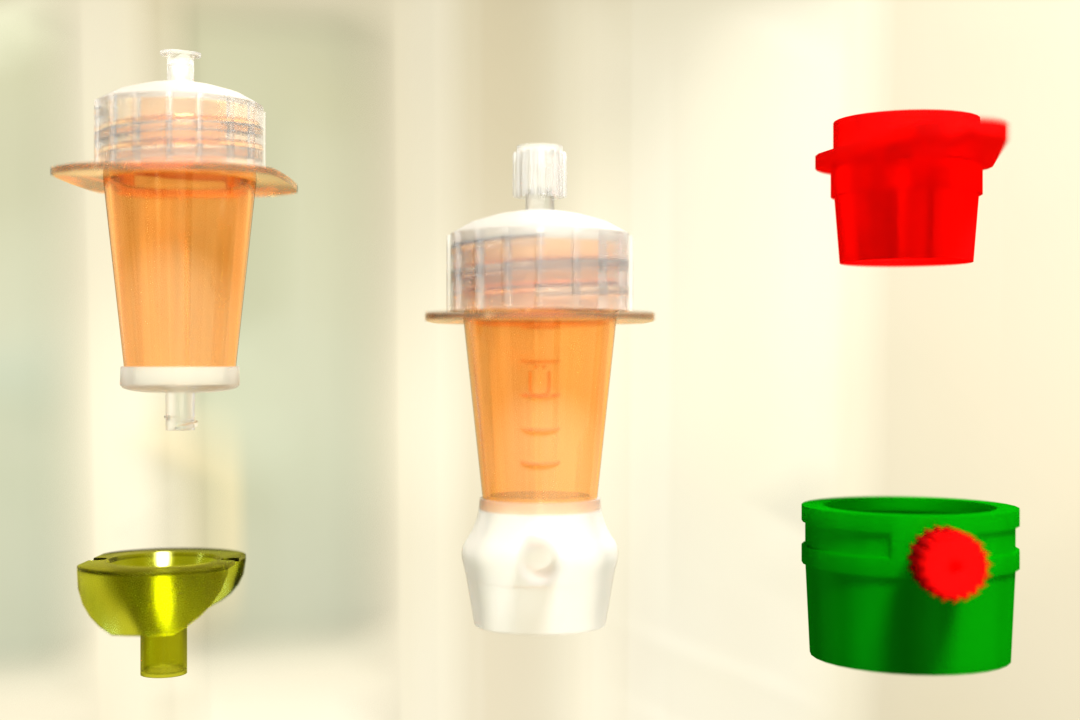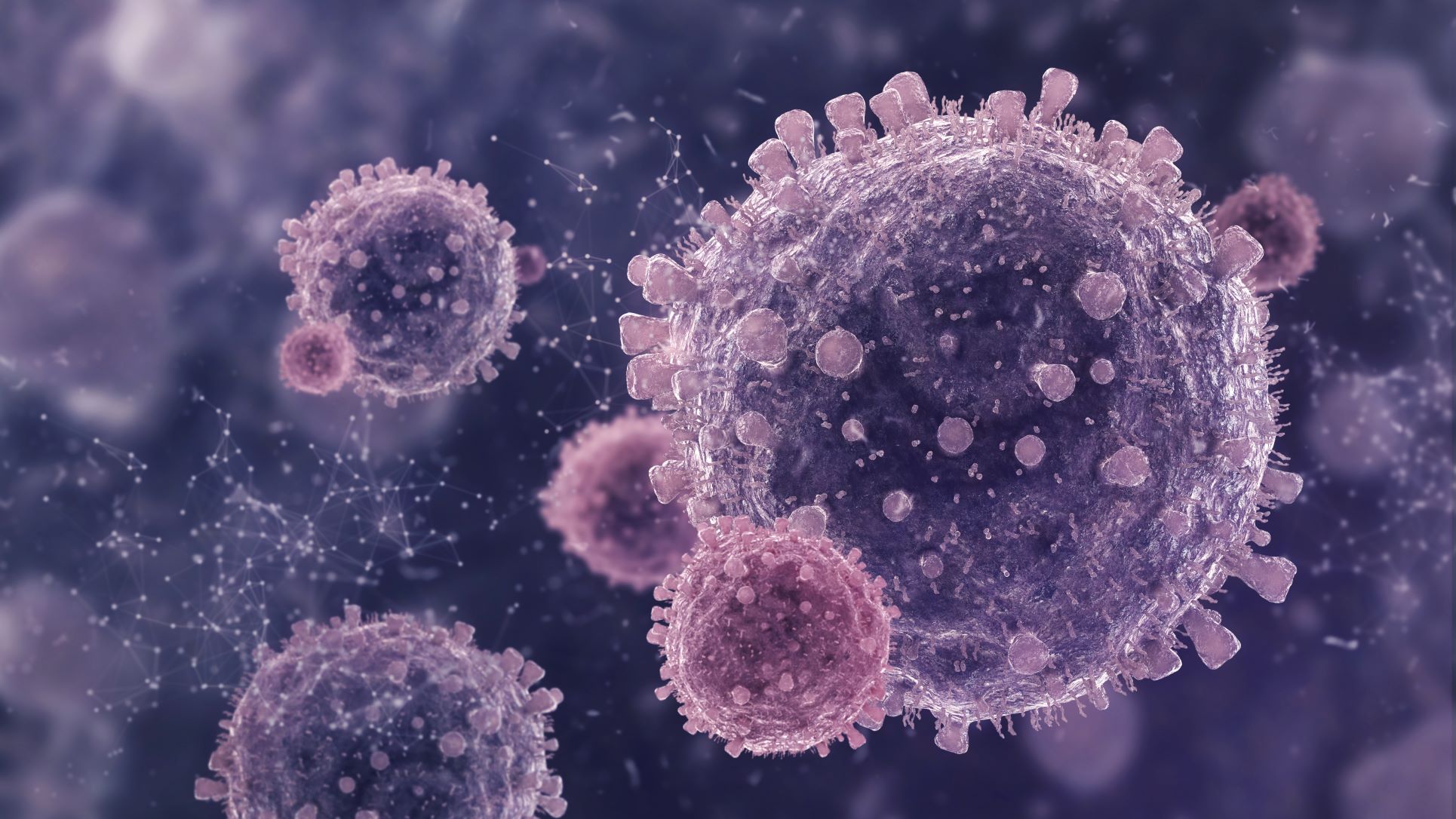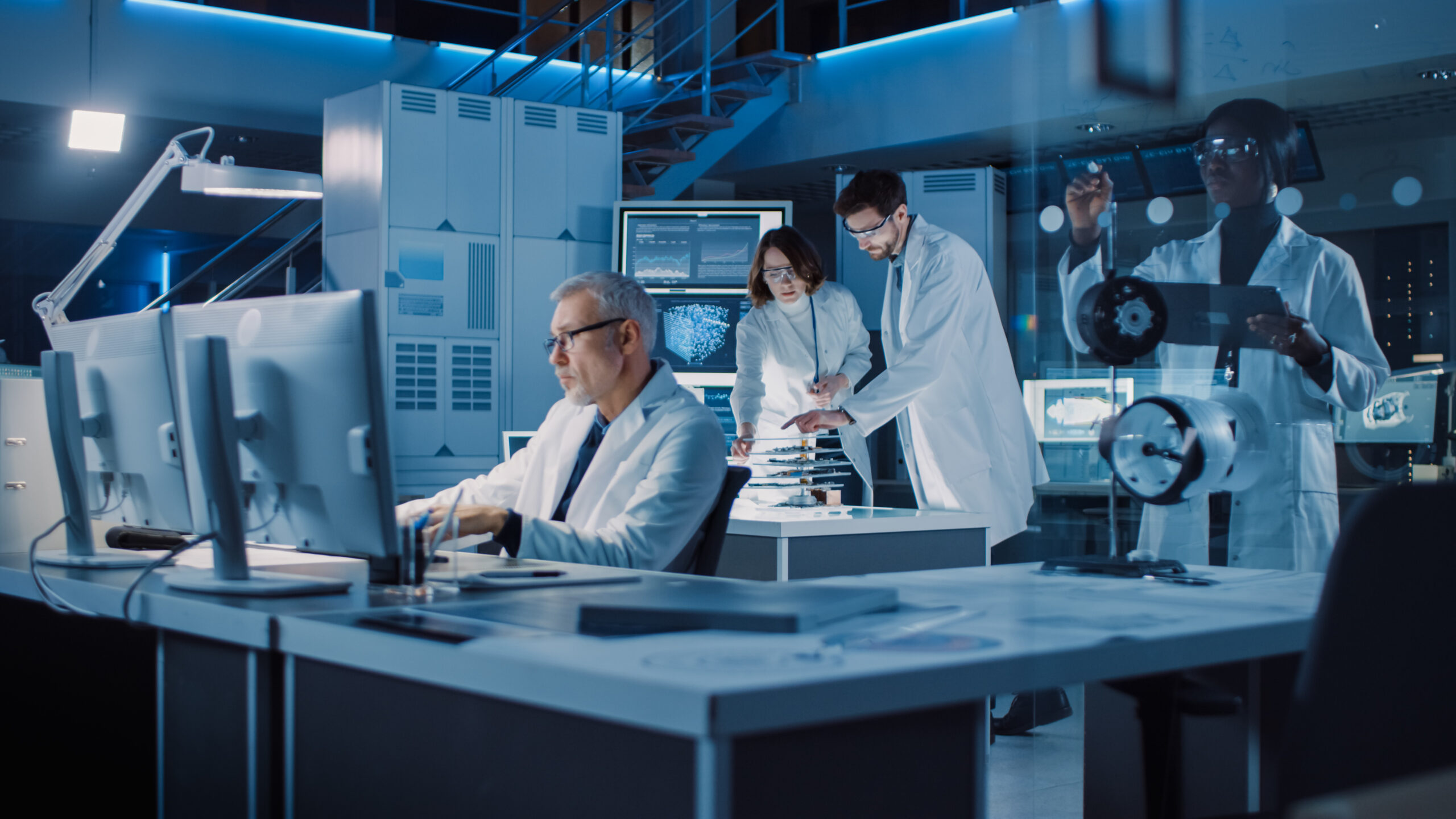Antibody cell separation is a powerful technique that is widely used in biomedical research to isolate different cell types from complex mixtures. This process involves the use of specific antibodies that recognize and bind to surface markers on the cells of interest, enabling their separation from other cells in the sample. In this blog, we will explore the different methods of cell separation, with a focus on antibody cell separation.
Methods of Cell Separation:
There are several methods for separating cells, including:
- Enzymatic Cell Separation Method
- Magnetic Antibody Cell Separation
- Cell Separation by Density Gradient Centrifugation
- Cell Separation by Centrifugation
Antibody Cell Separation:
Antibody cell separation is a specific and efficient method of isolating cells from complex mixtures. This process involves the use of specific antibodies that recognize and bind to surface markers on the cells of interest. Once the antibodies are bound to the cells, they can be separated from other cells in the sample using magnetic or fluorescence-activated cell sorting (FACS) techniques.
FACS Antibody Cell Separation:
FACS antibody cell separation is a commonly used method of cell separation that uses fluorescently-labeled antibodies to isolate cells based on their surface markers. This process involves incubating the cell suspension with fluorescently-labeled antibodies, then using a specialized instrument to sort the cells based on their fluorescence intensity.
FACS Antibody Cell Separation Surface Marker:
The choice of surface marker is critical for successful FACS antibody cell separation. The surface marker must be specific to the cell type of interest and should be expressed at high levels on the surface of the cell.
FACS Antibody Cell Separation Antibodies:
The choice of antibody is also critical for successful FACS antibody cell separation. The antibody must be specific to the surface marker of interest and should not cross-react with other surface markers.
Magnetic Antibody Cell Separation:
Magnetic antibody cell separation is another method of cell separation that uses magnetic beads to isolate cells based on their surface markers. This process involves incubating the cell suspension with magnetic beads that are conjugated to specific antibodies. Once the antibodies are bound to the cells, a magnetic field is applied, which causes the magnetic beads to bind to a magnet and the cells to be separated from the rest of the sample.
Cell Separation by Centrifugation:
Cell separation by centrifugation is a method that separates cells based on their density. This process involves spinning the cell suspension at a high speed in a centrifuge. The more dense cells will settle to the bottom of the tube, while the less dense cells will remain at the top. This process can be enhanced by using density gradient centrifugation to isolate specific cell types.
Our Unique Cell Separation Technologies
PluriBead
PluriBead is an exceptional method for isolating cells, and it does not rely on any magnetic parts. The process is straightforward: Pass your PluriBeads (containing the desired cells) through a strainer – the PluriBeads with the desired cells will remain on the top, while the undesired cells will pass through. Once you separate them, your target cells are ready for use.
PluriSpin
The PluriSpin system is a recently developed approach for isolating cells from whole blood, buffy coat, or cord blood using a negative selection process. This innovative technique extracts viable, untouched, and exceptionally pure cells in a single step without requiring magnets or a column. This decreases the likelihood of activating or injuring the cells of interest.
PluriStrainer
PluriStrainer is a sterile sieve that can be utilized to obtain true single-cell suspensions or eliminate cell aggregates. Additionally, it can be paired with a Connector Ring (41-50000-03) to facilitate filtration using low pressure. PluriStrainers can be piled on top of one another to allow for direct filtration with various mesh sizes. Furthermore, PluriStrainers can be inverted to retrieve the filtered material.
PluriMate
PluriMate was created to efficiently separate leukocytes and peripheral blood mononuclear cells (PBMC) from whole blood and bone marrow. The primary attribute of PluriMate is the inclusion of a permeable sponge at the base of the centrifuge tube. This barrier is constructed of superior-quality polyurethane and removes the need for time-consuming and laborious overlaying of the sample material.
TwinSpin
TwinSpin centrifugation tubes containing pre-filled Density Gradient Medium (DGM) are suitable for efficiently separating peripheral blood mononuclear cells from whole blood and bone marrow. TwinSpin consists of a regular 15 ml tube and an internal tube. The internal tube has an open bottom that is submerged in the DGM. Diluted anticoagulated blood or bone marrow can be easily pipetted into the TwinSpin. The sample is then placed on top of the DGM within the inner tube.
Conclusion:
Antibody cell separation is a powerful technique that is widely used in biomedical research to isolate different cell types from complex mixtures. The choice of cell separation technique will depend on the specific research question and the type of cells being studied. At Uberstrainer, we offer a wide range of products and services to support cell separation and other research applications.
Reference:
NCBI
Science Direct
 English
English French
French
 German
German
 Spanish
Spanish
 Belgium
Belgium
 Italian
Italian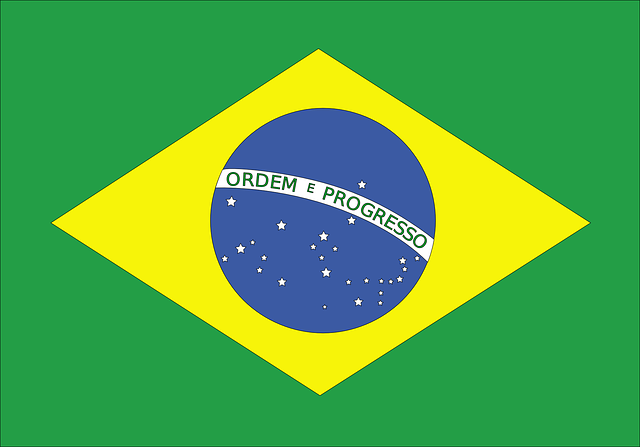 Brazil
Brazil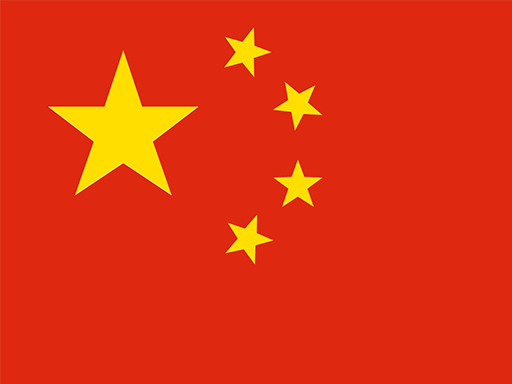 Chinese Mandarin
Chinese Mandarin
